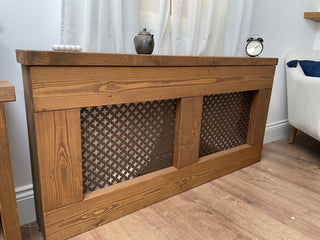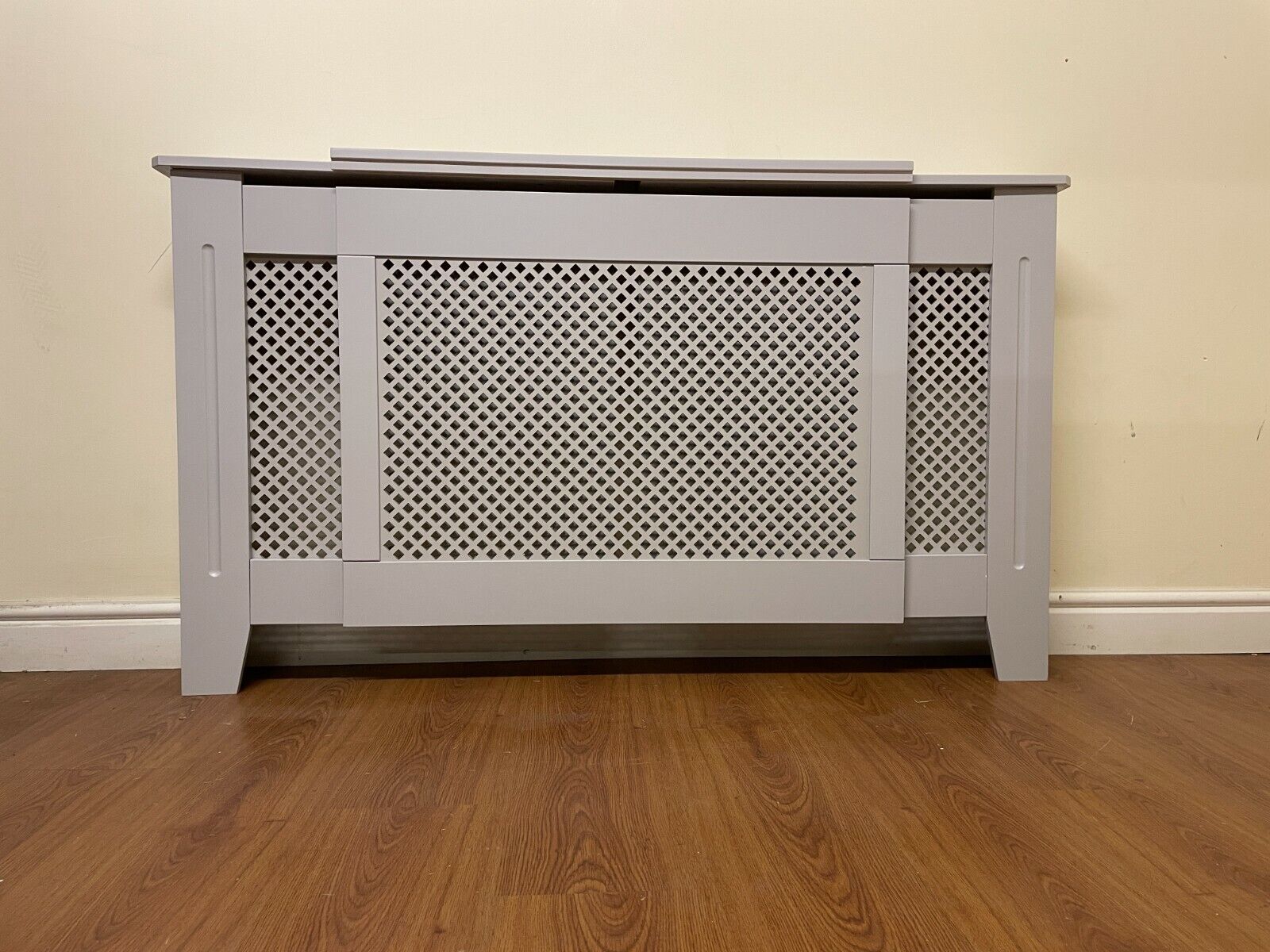Radiator Cover Solutions for Little and Huge Rooms
Radiator Cover Solutions for Little and Huge Rooms
Blog Article
Radiator Covers: Understanding Products, Designs, and Advantages
Radiator covers serve both practical and aesthetic objectives within a home, offering an array of products such as steel, hardwood, and mdf to match various style choices. As styles evolveâEUR" from typical to contemporaryâEUR" these covers not only enhance the aesthetic allure of a space however additionally contribute to safety and energy efficiency. Picking the right radiator cover involves comprehending the subtleties of materials, styles, and their linked benefits. This expedition elevates crucial questions regarding just how these elements integrate into your living environment and what considerations must guide your selection procedure.
Sorts Of Products


Wooden covers, typically crafted from hardwoods such as oak or maple, supply a timeless, warm look that matches traditional interiors. Their sturdiness and capability to be stained or painted add to their flexibility. Metal covers, typically made from steel or light weight aluminum, are favored for their effectiveness and modern appearance, commonly including sleek lines that boost contemporary areas.
MDF, a made wood item, is preferred for its cost-effectiveness and convenience of modification. It can be painted or completed to match existing decoration while using a smooth surface. Plastic covers, while much less typical, are lightweight and resistant to moisture, making them suitable for damp settings.
Ultimately, the choice of material for a radiator cover should line up with the property owner's style choices, functional demands, and the details environment where the cover will be set up. Each material offers a distinctive character, ensuring that there is a choice to match every taste and setting.
Popular Design Styles
Emphasizing aesthetic charm, preferred layout styles for radiator covers mirror a series of preferences and interior decoration trends. Traditional designs frequently include complex woodwork and elaborate detailing, making them suitable for traditional or vintage-inspired insides. These covers generally incorporate carved aspects, providing a warm and welcoming feeling to any type of area.
On the other hand, modern designs focus on minimalist aesthetics, defined by tidy lines and downplayed beauty. Products such as metal or sleek timber with a smooth finish are frequently used, enabling these covers to blend flawlessly into modern rooms. Industrial designs, on the various other hand, embrace raw products like subjected steel and concrete, including a bold statement to loft space or metropolitan settings.
For those seeking a distinct touch, bespoke styles provide modification alternatives that satisfy private choices, enabling property owners to choose colors, patterns, and products that enhance their design. Additionally, farmhouse-style covers incorporate rustic components, featuring distressed wood and straightforward forms that stimulate a comfortable, country charm.
Advantages of Radiator Covers
Radiator covers not just improve the aesthetic appeal of a room however likewise use a number of practical benefits that make them a rewarding addition to any kind of home. One of the primary advantages is security, especially in More Help households with youngsters or pet dogs. Covers reduce the risk of burns from hot radiator surface areas, making sure a more secure environment.
In addition, radiator covers can improve energy efficiency. By routing warm right into the room instead of allowing it to get away, they help keep a consistent temperature level, minimizing home heating prices gradually. This is particularly useful in older homes where radiator systems might be less reliable.
One more significant benefit is sound decrease. Radiators can often generate unwanted sounds during operation, and covers can aid stifle these noises, adding to a much more peaceful space. Radiator covers can be practical, supplying added storage or display screen room, thereby maximizing the energy of often-overlooked areas.
Finally, they can safeguard radiators from dust and particles, which can impede effectiveness and increase maintenance needs. With these combined advantages, radiator covers become a functional option for boosting both the performance and design of any kind of home environment.
Setup Factors To Consider
Setting up radiator covers calls for careful factor to consider to guarantee both capability and safety (Radiator cover). Initially, assess the dimensions of your radiator and the surrounding space to ensure a correct fit. Precise measurements are critical; an uncomfortable cover can block heat flow or produce safety dangers
Next, evaluate the material of the cover. While timber provides visual allure, metal options might provide far better toughness and warmth resistance. Think about the weight of the cover also; larger covers might require extra assistance or reinforcements to prevent drooping or damage over time.
Ventilation is another vital facet. Covers need to include adequate airflow to avoid getting too hot and preserve efficient heating. Try to find styles with slats or openings that allow warmth to flow without obstruction.
Furthermore, ensure that the cover is firmly mounted to avoid mishaps, especially in homes with children or animals. Radiator cover. It's recommended to follow the manufacturer's installment standards carefully and, if needed, get in touch with a specialist for complicated setups
Upkeep and Care Tips
Proper maintenance of radiator covers is vital for ensuring their long published here life and optimum performance. Normal cleaning is essential; dust and particles can collect, obstructing airflow and decreasing warm performance. Make use of a soft, damp cloth or a microfiber duster to gently wipe the surface area, avoiding severe chemicals that may harm the surface. For painted or timber covers, take into consideration an appropriate gloss or safety layer to maintain their look.
Check the covers occasionally for signs of wear or damage, such as fractures or peeling off paint. Dealing with these problems promptly can stop additional degeneration. Make certain that the covers are firmly attached and look for any kind of loose screws or fittings, as resonances from the radiator can loosen them in time.
In chillier months, avoid positioning heavy objects or ornamental things in addition to the radiator covers, as this can restrain warm distribution and create unnecessary anxiety to the framework. Lastly, take into consideration seasonal maintenance by eliminating the covers for extensive cleaning and evaluation during warmer months when the furnace is non-active. Adopting these easy treatment tips will certainly enhance the efficiency and aesthetic appeal of your radiator covers, guaranteeing they offer their objective successfully for many years to come.

Final Thought
In summary, radiator covers serve as aesthetic and useful enhancements to property areas. Careful consideration of installation and upkeep additional ensures the longevity and performance of radiator covers in any type of home setting.
Radiator covers offer both visual and useful objectives within a see home, offering a variety of products such as wood, steel, and MDF to fit numerous layout choices. Choosing the right radiator cover includes comprehending the nuances of products, styles, and their linked advantages.Stressing visual allure, preferred layout styles for radiator covers reflect a range of tastes and interior style patterns.Radiator covers not only improve the aesthetic charm of a space however likewise provide a number of functional advantages that make them a beneficial enhancement to any kind of home. Take into consideration the weight of the cover as well; heavier covers might require additional assistance or reinforcements to avoid sagging or damage over time.
Report this page